Vintage
Avia Ajustor: The Best Vintage Watch You’ve Never Heard Of
Vintage
Avia Ajustor: The Best Vintage Watch You’ve Never Heard Of
Back in 2013, when URWERK unveiled its EMC (Electro Mechanical Control) watch, it was described as: “The world’s first precision mechanical watch in which the timing can be monitored and adjusted by the user, on the fly.” While the URWERK was by far the cleverest example in its class, incorporating a hand-crank-powered optical sensor to read the rate of the watch and display the daily gain or loss to its wearer on a dedicated dial, it was actually not the first. The concept of allowing the owner of a watch to be involved in the regulation of its timekeeping without opening the case has been with us for over 60 years!
The Pioneers
In the early 1950s, Swiss/American brand Croton brought out the Acurator. This watch was marketed as being “waterproof” – a bold claim as, not only did it not have a screw-down crown, it also had a hole in the caseback. The gasket-protected hole was capped with a flat screw head that fastened directly to the regulator on the top of the movement balance. This crude but effective mechanism allowed adjustment of the watch’s rate by moving the screw clockwise or anticlockwise. There was no gearing or capability for fine adjustment and so the chance of getting the watch to keep time and stay true was more down to luck than judgement.
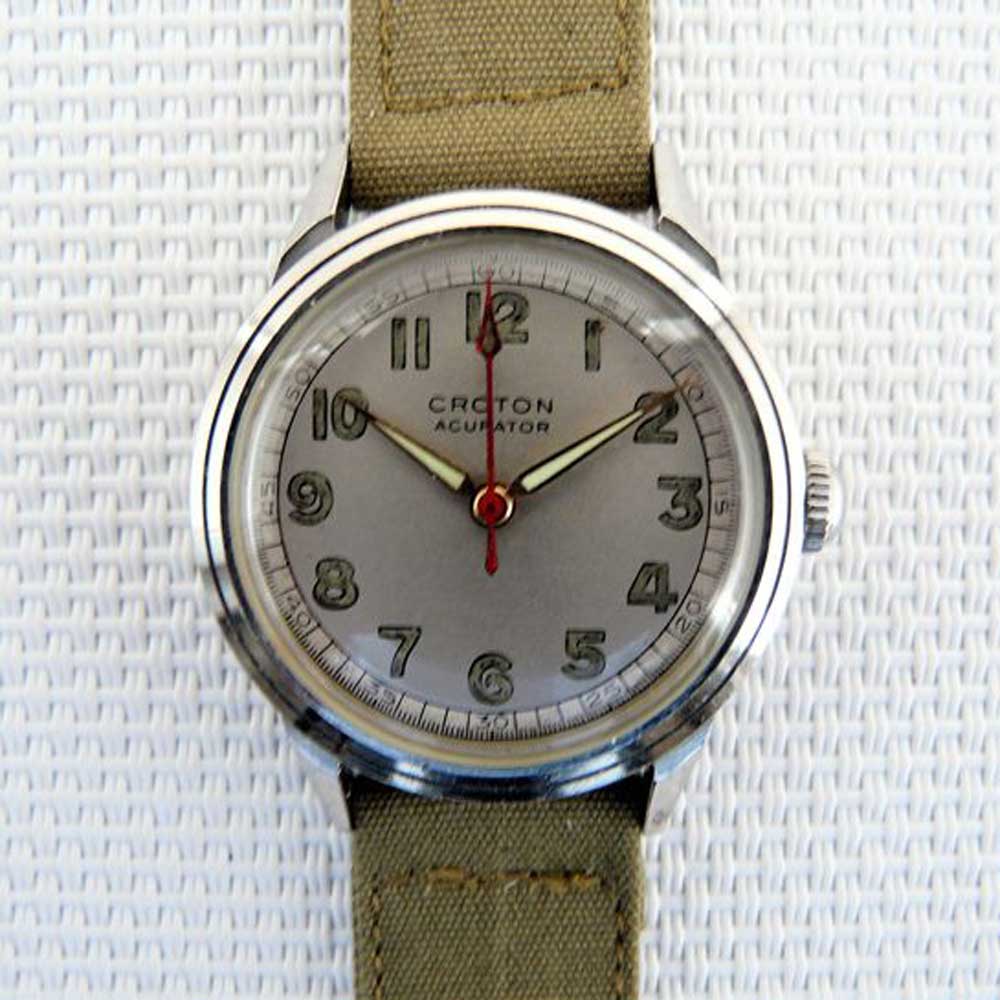
Croton Acurator Medicus field watch (Image: Catawiki)
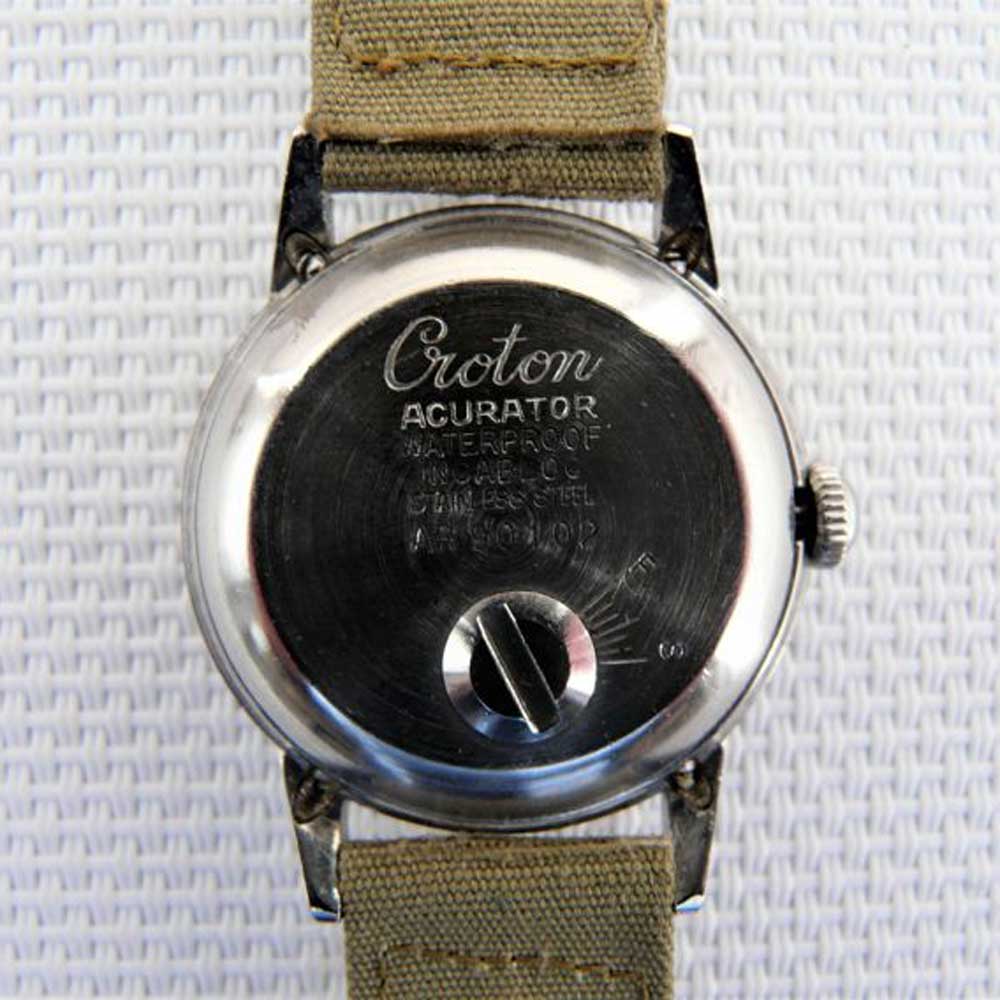
A screw on the Croton Acurator’s caseback allowed rate adjustment without opening up the watch. (Image: Catawiki)
The degree of increase was limited (about 5 seconds per day at each setting), so even if you had to adjust the time by several hours you could not break the system.
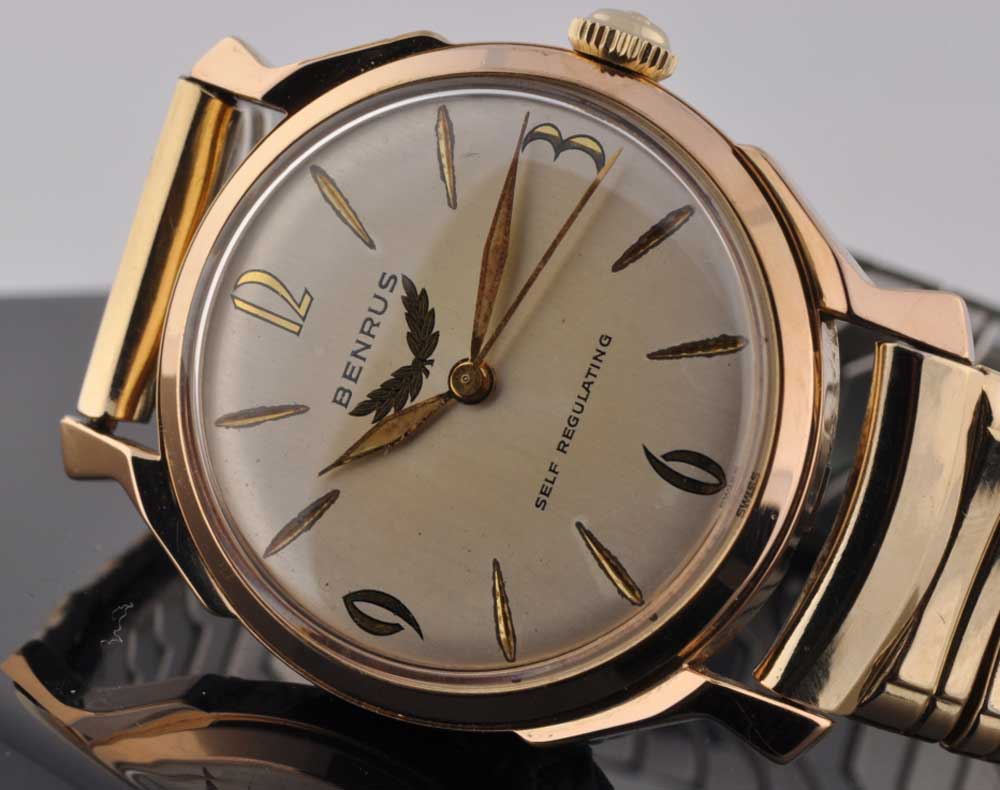
Benrus Self- Regulating automatic watch (Image: watchestobuy.com)
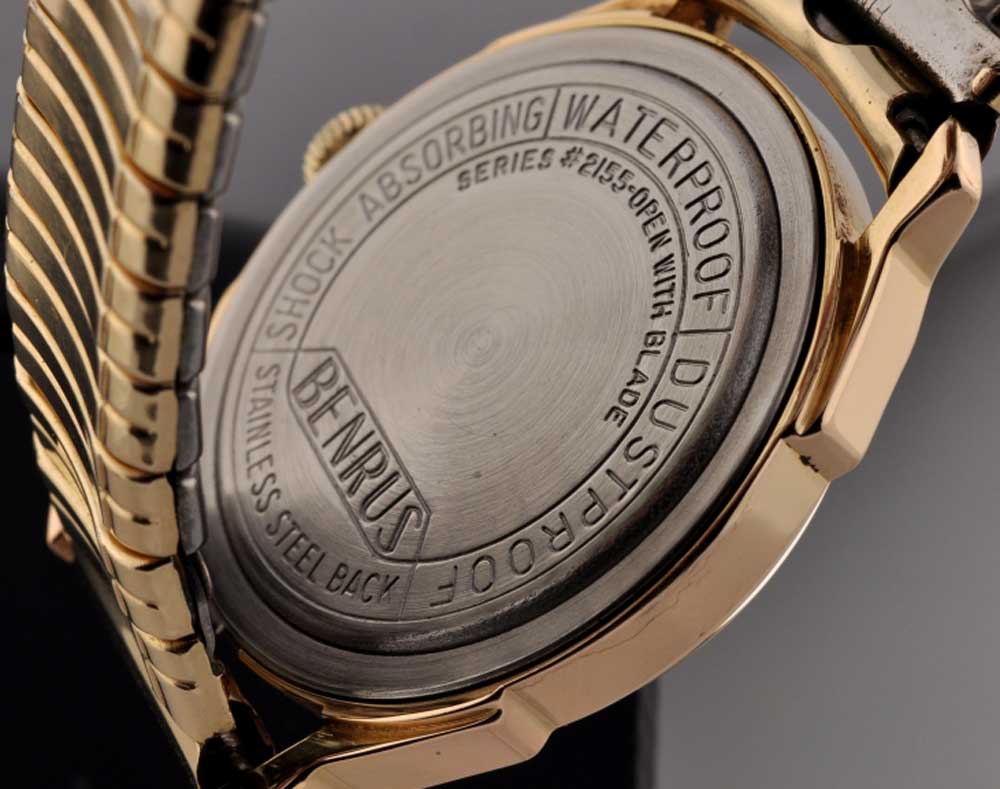
Benrus Self- Regulating automatic watch (Image: watchestobuy.com)
Ajust a Minute
The development of user-adjustable watches went silent for almost a decade but, at the end of the 1960s, Avia came up with a solution that was both simple and elegant. Named the Ajustor (the d is not only silent, but absent), it was based on the FHF73 movement but heavily modified to allow tiny adjustments to the balance regulator via two pushers set into the caseband, marked “+” and “-“. These pushers engaged a series of cams that pushed against a rack of fine teeth that extended from the balance regulator. It was easier to use than the Benrus solution and capable of much finer tuning than the Croton.
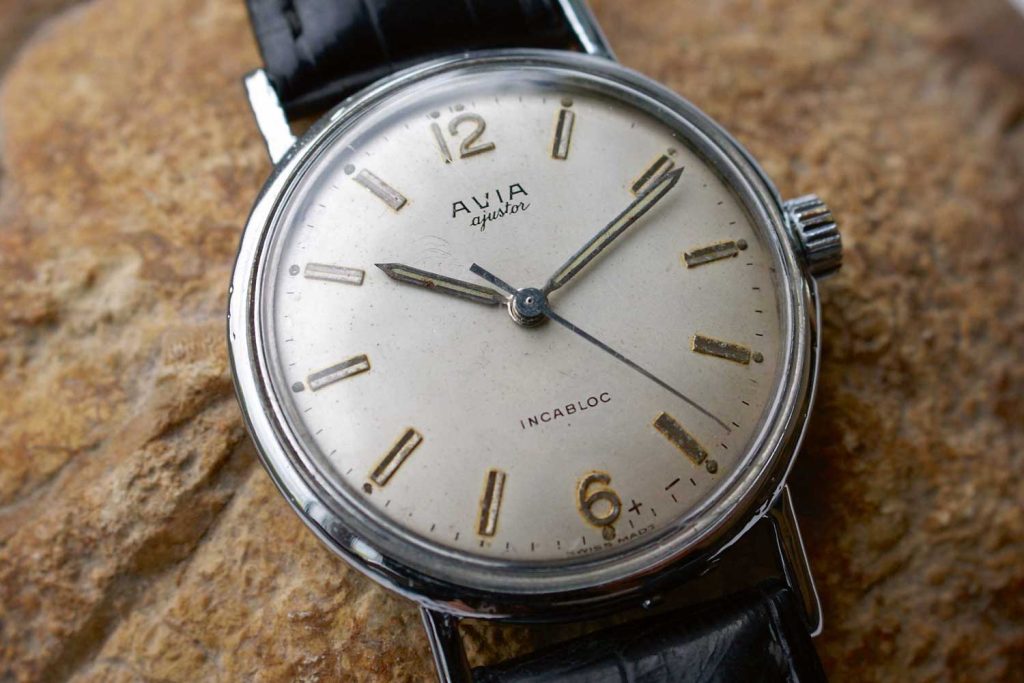
Avia Ajustor
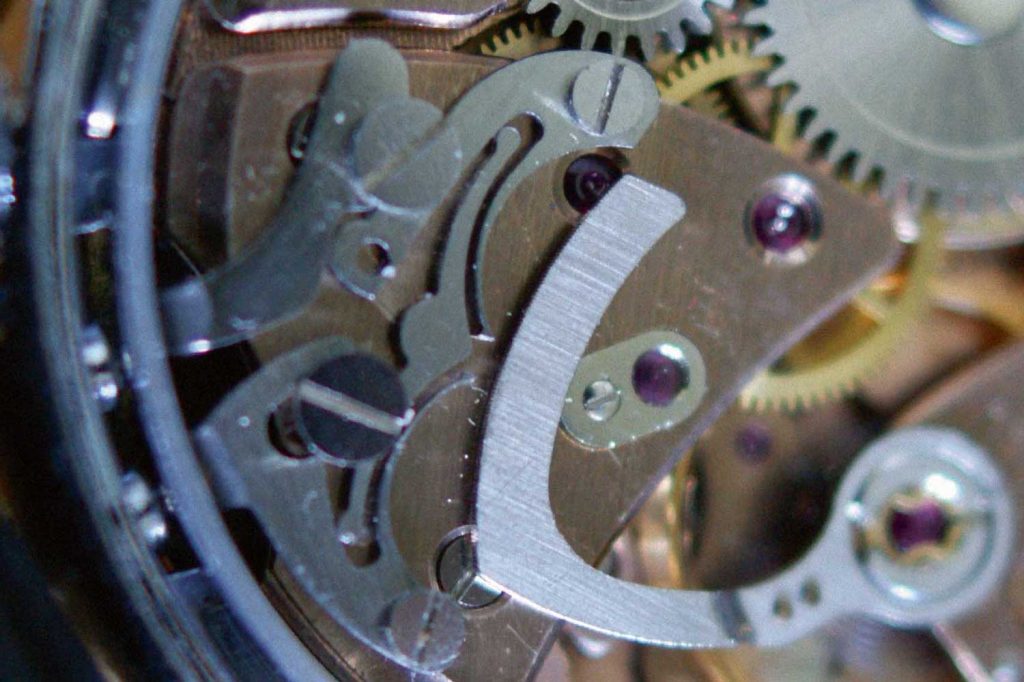
Close-up of the Avia’s adjustment mechanism; pressing either pusher engages a sharp point with the fine-tooth rack, shifting its position slightly
On the upside, the Avia Ajustor, while maybe not the watchmakers’ friend, is a rare and quirky example of 1960s ingenuity that would sit well in any watch collection and can be picked up, for the moment at least, for next to nothing.










